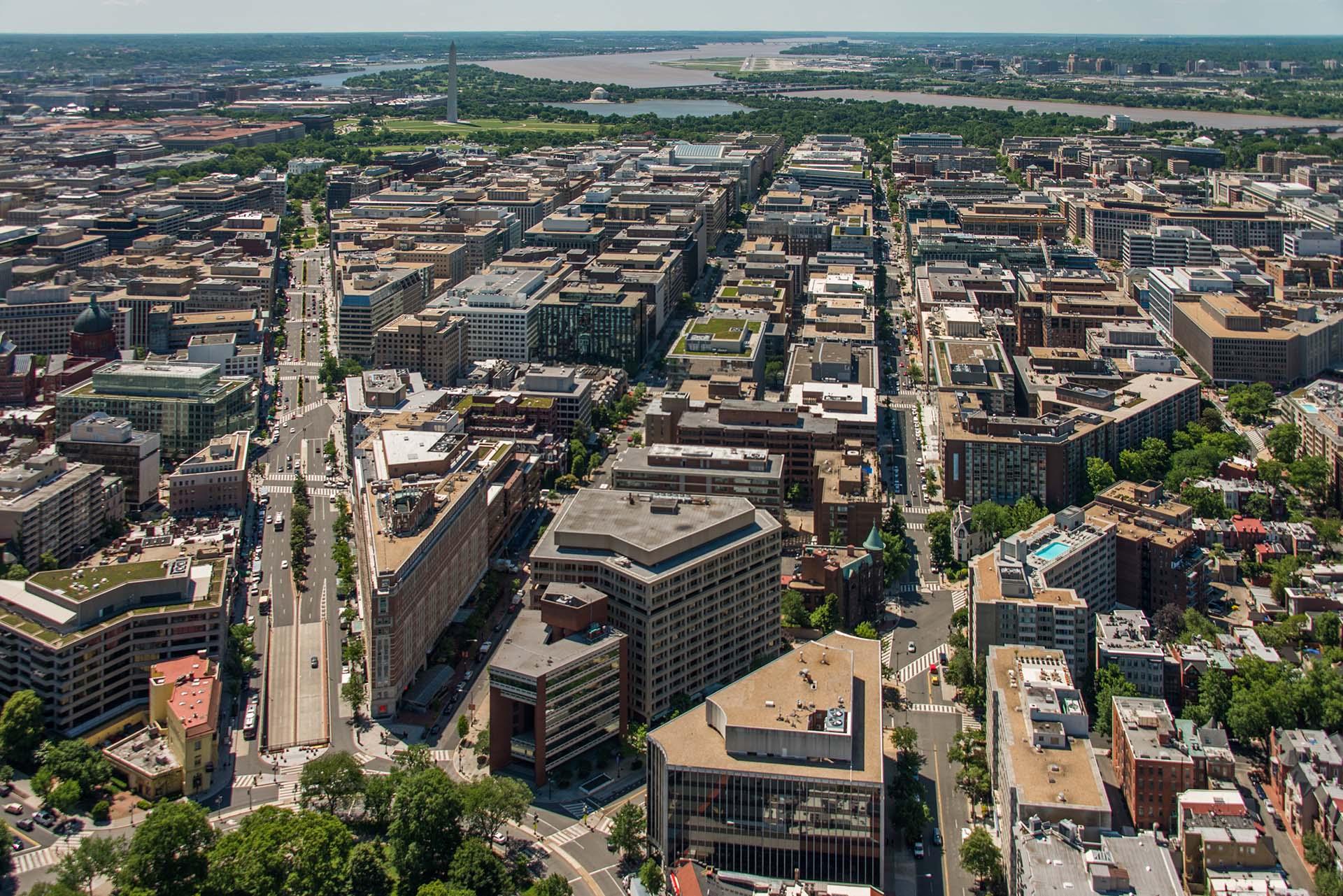
District of Columbia’s schools go green
Managing a US$3.2-billion, 15-year investment program to modernize 114 school facilities into sustainable green buildings
Managing a 15-year investment to modernize 114 school facilities into sustainable green buildings
As part of Washington, D.C.’s city government push to ensure its infrastructure is climate ready, District of Columbia Public Schools (DCPS) is required to significantly reduce building-related emissions. The Washington, D.C., Healthy Schools Act of 2010 mandates that DCPS exceed the District’s Sustainable DC requirements of reducing energy consumption and carbon emissions by 20 percent by 2020 and 50 percent by 2032 against a 2012 baseline.
Energy-efficient, learning-friendly
To achieve this, the District's Department of General Services — which is responsible for operating and managing DCPS buildings — is leading a US$3.2-billion, 15-year investment program to improve school facilities at all 114 school facilities within the district. At the heart of this modernization is the construction of sustainable green buildings that use less energy and water and also — though maximizing the use of natural light and improving indoor air quality — create more conducive, healthful learning environments.
Showing the way to net zero schooling
As DCPS’ construction management firm, we represent the public school system in the oversight of all modernization projects. The first net-zero energy schools, Banneker High School and West Elementary School, are due for completion in summer of 2021. Both buildings are designed to generate energy from renewable and passive sources such as geothermal, solar panels, high-performance envelope, high efficiency equipment, advanced metering capabilities and real-time energy consumption monitoring.
Automated, data-driven outcomes
The system is controlled by a Building Automation System that predicts energy consumption cost and comfort based on the building attributes, weather forecast, energy pricing and signals from the utility. The platform requires no manual interaction and is designed to support the work of multiple teams and stakeholders. Last year, this technology led to an improvement in energy efficiency of 5.8 percent across the entire DGS portfolio.